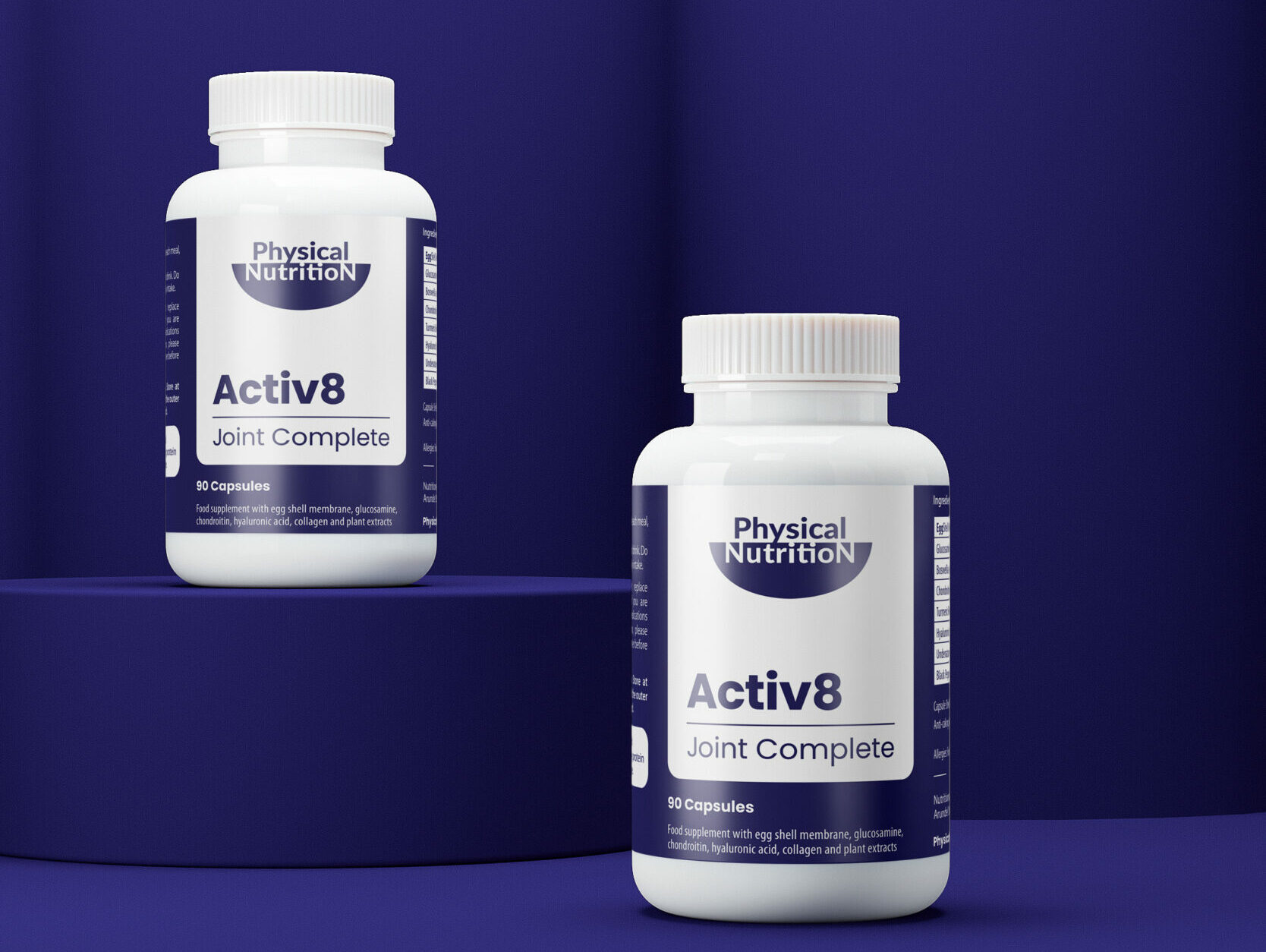Gut Rewild is a powerful “tribiotic” formula packed with proven gut-boosting ingredients.
Full of mushrooms, probiotics and digestive enzymes…
It gives your body the tools it needs to revitalise your gut.
So whether you’re new to this breakthrough formula, or you’ve been using it for a while…
These expert tips will help you get the best results possible.
So here’s 5 simple ways to boost your results with Gut Rewild for your healthiest gut yet.
1. Build Healthy Habits
For better gut health, consistency is key.
By taking it at the same time everyday as part of a routine, it’s easy to stay on track and maintain healthy habits.
At Physical Nutrition, we recommend taking 2 capsules a day with your breakfast.
Breakfast is the ideal time because your gut is most absorbent in the morning. This means you get the most impact from anything you eat in the morning.
Keep the bottle visible – by the kettle or cutlery – so you’re reminded to take in the morning.
And if you need an extra nudge, try setting a phone reminder until it becomes second nature.
2. Fuel Your Gut The Right Way
Think of your diet as fertilizer for your gut – what you eat feeds the bacteria inside it.
The “good” bacteria in Gut Rewild thrive on fibre: found in fruits, veggies and more.
We’re sure you’ve heard of the “5-a-day” rule…
But research shows that the real key to gut health is eating 30 different plants a week.
Don’t worry – it’s not as hard as it sounds!
Fruits, veggies, wholegrains, legumes, nuts, seeds, herbs, spices, coffee and even dark chocolate all count as plants.
It’s about variety, not perfection.
And it’s as easy as switching to wholegrain spaghetti…
Or adding blueberries to your porridge in the morning.
This mix will support your gut, boost immunity, and let Gut Rewild work its magic.
Curious why eating 30 plants a week is so powerful? Read more about it here.
3. Avoid “Gut Disruptors”
Your gut is super sensitive to what you eat and how you live…
And modern life is full of “gut disruptors”. These include processed foods, too much alcohol, and even stress.
These disruptors mess with the balance of “good” and “bad” bacteria in your gut. And create an environment where bad bacteria thrive.
This can undo the benefits of Gut Rewild.
To get the most from the formula, it’s important to support the good bacteria and keep the bad ones in check.
To create a good-gut environment you could minimise fast food. Or try saving alcohol for special occasions.
Of course, you can still enjoy these things in moderation, but try limiting them to one-a-day. This way, you’re protecting your gut as much as possible.
4. Practice Mindful Eating
How you eat can also impact your gut health.
If you rush your meals, try slowing down, chewing thoroughly, and focusing on your food. This reduces digestive stress and helps your body absorb nutrients better.
By doing this, you can get the most from both food and supplements, like Gut Rewild.
Try to eat without distractions like screens, so you can listen to your hunger and fullness cues.
And by paying more attention to your body’s responses…
You’re less likely to overeat or reach for gut-disrupting foods.
Being mindful of your eating habits will support your gut and help Gut Rewild do its best work.
5. Stay Hydrated
Drinking enough water is essential for healthy digestion.
Water helps move food through your system, flush out waste and absorb nutrients. It also keeps your gut lubricated, preventing irritation or inflammation.
When you’re hydrated, you protect your gut lining from damage.
This reduces the chance of a “leaky gut”.
A leaky gut can allow harmful substances to slip from your gut into your bloodstream. This causes all sorts of health problems you’d rather avoid.
To prevent this, the NHS recommends we drink around 8 glasses of water a day…
But this actually includes tea and coffee as well!
So you might already be closer than you think.
Your Path to Optimal Gut Health
Remember, rebuilding your gut health takes time.
Gut Rewild is a powerful formula that gives your body all the tools for a healthy gut…
But your habits and diet play a major role too.
Following these tips will help Gut Rewild do its best work in the environment you create for it.
Most people notice changes within a few weeks. But the best results develop over 2-3 months of consistent use.
So make sure to track the changes you feel to keep on track and stay motivated.
With these practices, you’ll achieve lasting results for a healthier gut.














